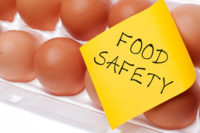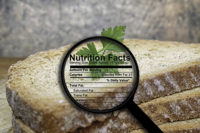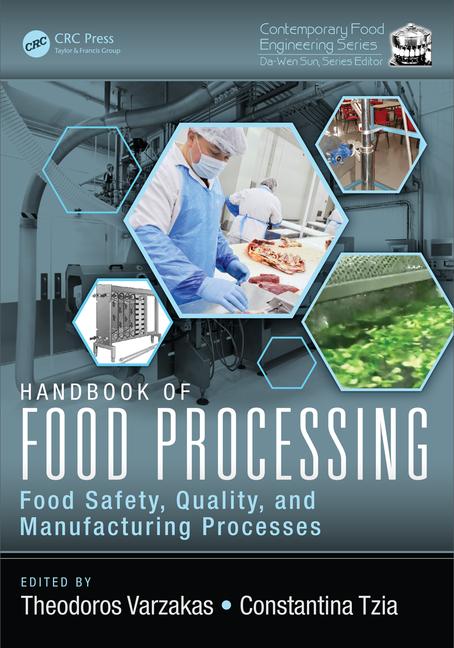The Food and Drug Administration’s (FDA) new proposed rule for food-processing facilities is creating a stir. The HARPC, an acronym that stands for Hazard Analysis and Risk-based Preventive Controls, was mandated by the Food Safety Modernization Act (FSMA), signed into law in 2011. HARPC embraces a strategy that focuses on preventing foodborne illness and other risks that make food unsafe to eat. As such, it would apply to certain unintentional hazards such as microbiological, chemical, physical and radiological hazards, as well as to allergens.
Estimates from the FDA state that 951,000 million cases of foodborne illnesses can be attributed each year to the pathogens that this rule is designed to eliminate or reduce. The economic cost of illnesses avoided comes to $2 billion a year, according to the FDA. The agency regulates approximately 80% of the U.S. food supply—$602 billion in domestic food and $64 billion in imported food each year. That accounts for nearly everything consumers in the U.S. eat except for meat, poultry and some egg products, which are regulated by the U.S. Department of Agriculture (USDA).
While HARPC meshes with the FDA’s proposed produce rule, which focuses primarily on preventive controls on the farm, it puts the spotlight on what’s happening in food-processing facilities. Mostly, HARPC would apply to facilities that manufacture, process, pack or hold human food. These facilities would include manufacturers, processors, warehouses, storage tanks and grain elevators, although there are some exceptions. The bottom line is that HARPC would apply to facilities required to register with the FDA under its current food-facility registration regulations, which went into effect under the 2002 Bioterrorism Act.
When looking at the numbers, the proposed rule would cover an estimated 97,600 domestic and 109,200 foreign facilities (according to the FDA, in 2011 about 50% of the fresh fruit consumed in the U.S. was imported.).
Not surprisingly, there’s a lot of confusion, and even alarm, about the activities conducted by a farm that might cause it to fall under the FDA’s definition of a processing facility.
According to detailed yet straightforward information about who would be affected by HARPC supplied by the National Sustainable Agriculture Coalition, the key distinction between a farm and a facility “seems to be whether you are transforming a product in any way.”
For example, farms that grow and harvest their own food crops are exempt from the facility registration rule. But if the farm purchases product from another farm to sell at its own retail operation and/or through wholesale transactions, it’s then considered a facility, and therefore is required to register with the FDA as a processing facility. And if a farm doesn’t grow a crop but sells it, HARPC also applies. Likewise, if a farm is growing fruits and vegetables and then doing anything beyond standard practices to prepare that fruit or vegetable to sell it as a whole product, HARPC would kick in. Drying, baking, cutting and mixing products all trigger HARPC.
Source: www.foodsafetynews.com









